2012.11.20 11:57
20 November
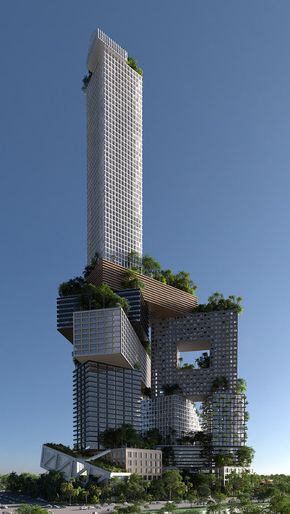
yesterday 2012
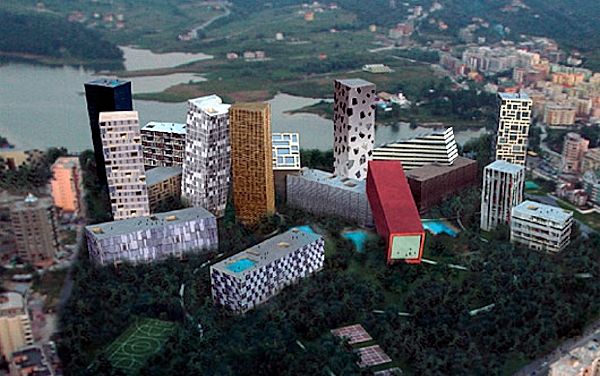
2008

2006
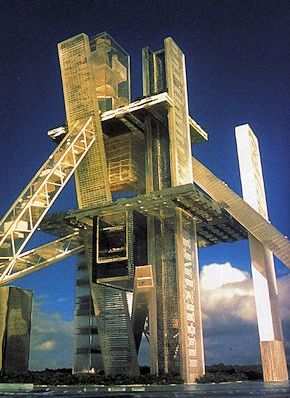
hyperbuilding, 1996
| |
2012.12.13 12:42
13 December
within the last twelve hours:
Writing Rome: Textual approaches to the city (again) . . . All Over the Map . . . "New Inquisitions on Architecture: From pluralism to narrative" . . . By leaving ideologies behind, architecture may fall into nihilism or else dissolve into a narrative dimension. Only through the mediation of a mythographic interpretation will the treatise and Utopia return to become part of the novel of architecture. . . . "Surrender: Ville Nouvelle Melun-Senart" . . . another, this time closer, look at Patent Office
Found out this morning I successfully bid on this...
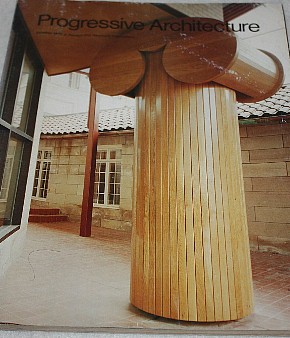
October 1977
2013.01.26 18:29
Rem Koolhaas announces "Fundamentals" to be 2014's Venice Biennale theme
Perhaps underlying the theme is a wave of de-territorialization and re-territorialization that hasn't been registered yet.
I'd say a de-territorialized critic is even more dangerous.
2007.06.03
Not so much outside, rather, more beyond inside. Very much in the territory, but not within the normal restraints of the territory.
If you're in the fourth dimension, does that mean you can have your cake and eat it too?
2007.06.04
2013.01.25
Rem Koolhaas has stated: "Fundamentals will be a Biennale about architecture, not architects. After several Biennales dedicated to the celebration of the contemporary, Fundamentals will focus on histories – on the inevitable elements of all architecture used by any architect, anywhere, anytime (the door, the floor, the ceiling etc.) and on the evolution of national architectures in the last 100 years. In three complementary manifestations – taking place in the Central Pavilion, the Arsenale, and the National Pavilions – this retrospective will generate a fresh understanding of the richness of architecture's fundamental repertoire, apparently so exhausted today.
In 1914, it made sense to talk about a "Chinese" architecture, a "Swiss" architecture, an "Indian" architecture. One hundred years later, under the influence of wars, diverse political regimes, different states of development, national and international architectural movements, individual talents, friendships, random personal trajectories and technological developments, architectures that were once specific and local have become interchangeable and global. National identity has seemingly been sacrificed to modernity. ..."
And not Koolhaas:
2001.01.26
I'm trying to come to grips with the notion of why European colonials didn't simply accept the architectures that were indigenous to the lands that they (the Europeans) colonized. I see this as a negative action because I think a case can be made that many of this planets indigenous architectures are now virtually extinct because of Western colonialism/imperialism. During the first half of the 20th century, while large parts of the world were still colonies of Europe, Western modern architecture or the International Style (again a term used more for convenience) continued the global domination of Western style and furthered the extinction of indigenous architectures.
As much as I like Classical Greek and Roman architecture and Modern architecture, I nonetheless see it as a tremendous lose to architecture in general that these styles are now so global at what seems to be the expense of so many other architectures.
2003.09.01
...may indeed be right about there being a lack in architectural history when it comes to explaining shifts from style to style (and this interests me greatly), but I'm not convinced so far that evolutionary theory (which ever one that may be) is the best(?) way to explain shifts from style to style.
Up until (more or less) the "International Style", architectures where very much linked to geography/locale and the politics(/religion) that comes with geography. Of course, European colonialism can be seen as an "internationalization" (or is it "globalization"?) of European/Western architecture precursing the "International Style," as well as the beginning of the eradication of many indigenous architectural styles throughout the world. Is this history best explained as evolutionary? Is the shift from Mayan architecture to Baroque architecture in Mexico, for example, something evolutionary? Not exactly survival of the fittest; more like survival of the one's with the guns and the greed, and, oh yes, the holy mission to spread the Christian faith.
Personally, I sometimes wonder whether Mayan architecture may have sometime/somehow played an influencing/inspiring role in terms of (particularly) Spanish Renaissance and Baroque architecture.
2005.12.02
I agree that there is a kind of hegemony operating within architecture today (and definitely since the Modern Movement/International Style), but architecture wasn't always that way. Most of architectures' histories are like languages' histories in that they were all tied/related to specific places on the planet and reflected the culture of those places.
Reflecting on what presently constitutes architectural "history," perhaps architecture is now a world trade commodity more than anything else.
Is the next big thing to mix up the fashion brands? Wear your Foster pants with Woods belt over Eisenman panties?
Check out 1914.
And regarding architecture's "Fundamentals," compare and contrast Hamlin's Forms & Functions of 20th Century Architecture, volume 1 (1952). Chapters:
1. The Elements of Building: Introduction
2. The Use Elements of Building: Rooms for Public Use
3. The Use Elements of Building: Rooms for Private Use
4. The Use Elements of Building: Service Areas
5. The Use Elements of Building: Horizontal Circulation
6. The Use Elements of Building: Vertical Circulation
7. Mechanical Equipment
8. The Use Elements of Structure: Bearing Walls
9. The Use Elements of Structure: Non-Bearing Walls
10. The Use Elements of Structure: Doors and Doorways
11. The Use Elements of Structure: Windows
12. The Use Elements of Structure: Columns and Piers
13. The Use Elements of Structure: Beams, Girders, Ceilings, and Floors
14. Arches and Vaults I: Arches
15. Arches and Vaults II: Vaults
16. Roofs, Gutters, and Flashing
17. The Site in Relation to Building
18. Gardens and Buildings
19. Elements of the Modern Interior
20. Ornament
I'm interested to see if and/or how 'Ornament' will be present[ed] in 2014.
| |
2013.03.11 22:30
11 March
Really liking some of Niemeyer's plans in Papadaki's 1950 book, especially 1943 Resort Hotel at Pampulha, 1947 House Tremaine at Santa Barbara, and 1949 Hotel Regente Gavea in Rio de Janerio. It seems they influenced the late style of Le Corbusier and even Koolhaas. Reminded of "Back to school" in Content, pp. 266-7.
2013.03.13 20:01
13 March
Noticed a provocative similarity between one the collages produced by Libeskind* while a student at Cooper Union (c. 1969) and the plan for La Villette by Koolhaas and Zenghelis (1982).
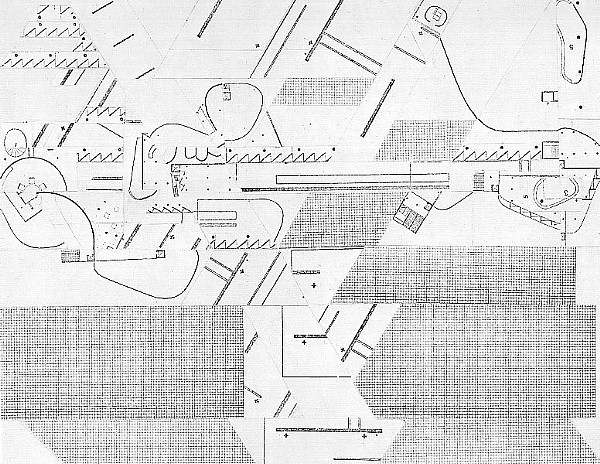
Libeskind uses bits of Barcelona Pavilion, Tugendhat House (both Mies), Carpenter Center, Palais des Congres (both Le Corbusier).
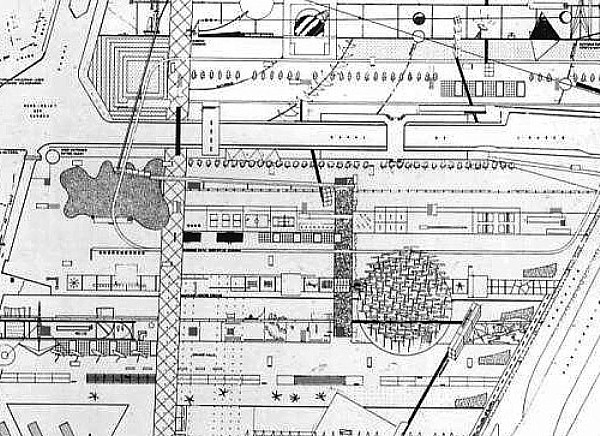
Provocative in the sense of now mentally overlapping the two design strategies, kind of like dimensionally enhancing the already multiple choices.
|